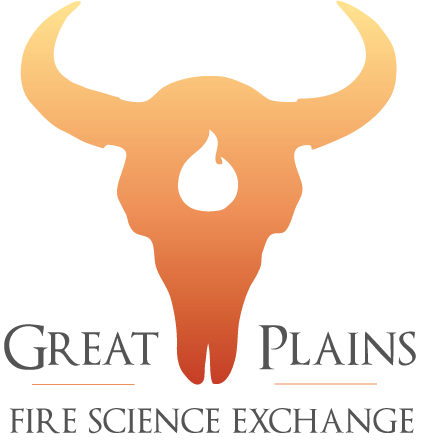Curriculum
The vegetation patterns and succession of Great Plains grasslands are structured largely by fire. We can see how important fire is to these grasslands by its exclusion, in as little as 40 years tallgrass prairie without fire can become a woodland.
Read MoreAn open discussion from the Fire Summit 2016 moderated by John Wier and Bryan Hays.
Read MoreA presentation by Jeff Pennington from the Fire Summit 2016.
Read MoreA presentation by Chuck Stanley at the Fire Summit 2016.
Read MoreAlice Tipton described her research in glades relating mycorrhizae to fire and plant productivity.
Read MoreJapanese brome, Russian knapweed, spotted knapweed, and leafy spurge are invasive, non-native weeds in the northern prairies of the central United States. Because they reproduce by seed, destroying the seed with fire may be one way to control these plants. Knowing the fire characteristics that will kill the seeds is important to using this method of control.
2017-11
Read MoreThe invasive species cheatgrass, Bromus tectorum, has been linked to increased fire frequency, reduced livestock weight gains and plant diversity, and degraded wildlife habitat in the Intermountain region of the western United States.
2017-10
Read MoreGrasshoppers in the northern Great Plains periodically experience population outbreaks. While insecticides are available to help control these outbreaks, prescribed burning and livestock grazing, alone or in combination, may offer range managers another method of control.
2017-08
Read MorePatch burn grazing management is prescribed burning and grazing practice that allows livestock and wildlife to select a diet from both burned and unburned vegetation. Differences in forage quality between the burned and unburned areas can affect where animals graze.
2012-07
Read More